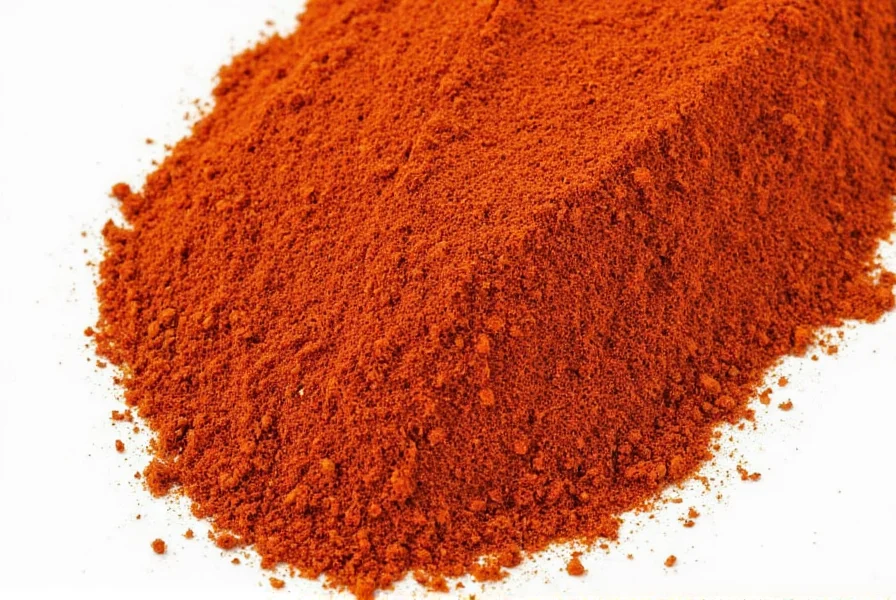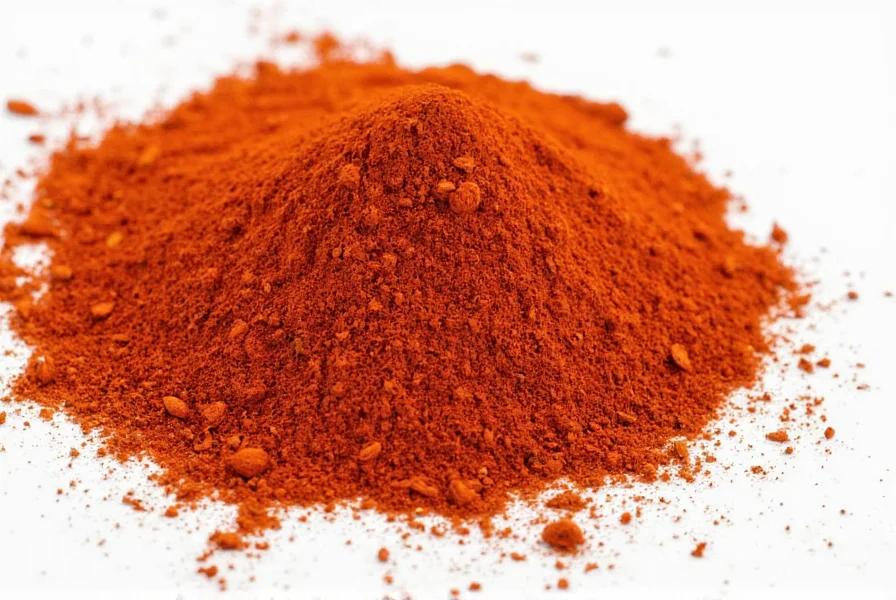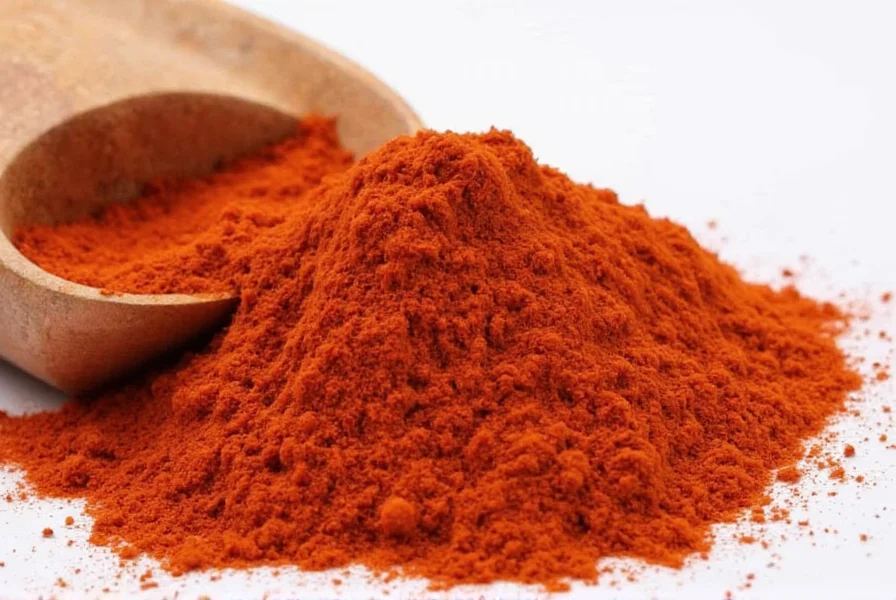Originating in Spain and Hungary, smoked paprika has become a staple in kitchens worldwide for its ability to add both color and a distinctive smoky depth to dishes. The traditional production method involves drying peppers over oak or other hardwood fires for several days, which caramelizes the natural sugars and creates its signature flavor profile.
How Smoked Paprika Is Made
The creation of smoked paprika begins with selecting specific pepper varieties. In Spain's La Vera region, where much of the world's authentic smoked paprika comes from, farmers use ónora peppers for sweet varieties, jijona for medium heat, and agujero for hot versions. These peppers are harvested at peak ripeness, then strung on threads and hung in smokehouses called secaderos.
For 10-15 days, the peppers slowly smoke over smoldering oak wood at low temperatures (20-25°C or 68-77°F). This slow smoking process is crucial—it preserves the peppers' vibrant red color while developing complex flavor compounds. After smoking, the peppers are ground into a fine powder using traditional stone mills to maintain optimal flavor and texture.
Types of Smoked Paprika
Understanding the different varieties helps you choose the right smoked paprika for your culinary needs. The Spanish classification system provides the most precise guidance:
| Type | Heat Level | Flavor Profile | Best Uses |
|---|---|---|---|
| Pimentón de la Vera Dulce | Mild (0-500 SHU) | Sweet, earthy, subtle smoke | Chicken, rice dishes, sauces |
| Pimentón de la Vera Agridulce | Medium (500-2,500 SHU) | Balanced sweet-heat, pronounced smoke | Stews, roasted vegetables, marinades |
| Pimentón de la Vera Picante | Hot (2,500-8,000 SHU) | Spicy, robust smoke, slight fruitiness | Chili, barbecue rubs, spicy sauces |
Hungarian smoked paprika exists but is less common than their traditional non-smoked varieties. American producers have also begun creating smoked paprika, though these often use different smoking techniques and pepper varieties than the Spanish original.
Smoked Paprika vs. Regular Paprika
The fundamental difference between smoked and regular paprika lies in the production process. Regular paprika is made from air-dried peppers ground into powder, while smoked paprika undergoes the additional smoking step.
This smoking process creates distinct chemical changes:
- Develops guaiacol and other phenolic compounds that create smoky notes
- Caramelizes natural sugars for deeper flavor complexity
- Preserves more capsaicinoids (heat compounds) in hot varieties
- Maintains vibrant red color longer than regular paprika
When substituting one for the other in recipes, remember that smoked paprika brings an entirely different flavor dimension. Using regular paprika in a recipe designed for smoked will miss the essential smoky element, while using smoked paprika where regular is called for can overpower delicate dishes.
Culinary Applications
Smoked paprika's versatility makes it valuable across numerous cuisines. Professional chefs and home cooks use it to:
- Enhance Spanish dishes like paella, patatas bravas, and chorizo
- Add depth to barbecue rubs and smoked meats
- Boost flavor in vegetarian and vegan "bacon" recipes
- Create complex base flavors for soups and stews
- Add visual appeal and flavor to deviled eggs and potato salads
- Complement chocolate in mole sauces and desserts
For best results, add smoked paprika toward the end of cooking or use it as a finishing spice. High heat can cause the delicate smoke compounds to dissipate, diminishing its distinctive flavor.

Storage Recommendations
To preserve smoked paprika's flavor and color, store it properly:
- Keep in an airtight container away from light and heat
- Refrigeration extends shelf life to 2-3 years (vs. 6-12 months at room temperature)
- Freezing maintains peak quality for up to 4 years
- Check for fading color or diminished aroma as signs of degradation
Unlike many spices, smoked paprika's flavor compounds are somewhat volatile. The smoking process creates compounds that can dissipate over time, so proper storage is essential for maintaining its distinctive character.
Substitution Options
If you don't have smoked paprika, consider these alternatives based on your recipe needs:
- For smoky flavor: Mix regular paprika with a tiny pinch of liquid smoke (1/8 tsp per tsp of paprika)
- For color and mild flavor: Use sweet Hungarian paprika with a touch of cumin
- For heat and smoke: Chipotle powder (use 1/2 amount as it's significantly hotter)
- For complex depth: Blend regular paprika with a small amount of espresso powder
Remember that no substitute perfectly replicates authentic smoked paprika's nuanced flavor, but these options can work in a pinch. When possible, seek out genuine Spanish Pimentón de la Vera with the Denominación de Origen protection for the most authentic experience.

Frequently Asked Questions
Is smoked paprika the same as regular paprika?
No, smoked paprika undergoes a specialized smoking process that infuses it with distinctive smoky flavors, while regular paprika is made from air-dried peppers. The smoking process creates different chemical compounds that give smoked paprika its unique taste profile and makes it unsuitable as a direct substitute in recipes specifically designed for one or the other.
Can I make my own smoked paprika at home?
While challenging to replicate authentic Spanish methods at home, you can create a version by drying peppers in a smoker at low temperatures (20-25°C/68-77°F) for several days, then grinding them. However, home smokers typically can't achieve the precise temperature control of traditional Spanish secaderos, resulting in a different flavor profile than commercially produced smoked paprika.
Does smoked paprika contain actual smoke particles?
No, smoked paprika doesn't contain physical smoke particles. The smoking process transfers flavor compounds through chemical reactions (primarily phenolic compounds like guaiacol) that become embedded in the pepper flesh during the slow smoking process. These compounds create the perception of smoke flavor without any actual smoke residue in the final product.
Is smoked paprika spicy?
Smoked paprika comes in sweet (dulce), medium (agridulce), and hot (picante) varieties. The heat level depends on the pepper varieties used, not the smoking process itself. Sweet smoked paprika has no heat, while hot varieties can range from moderately spicy to quite hot. Always check the label for heat indication when purchasing.











 浙公网安备
33010002000092号
浙公网安备
33010002000092号 浙B2-20120091-4
浙B2-20120091-4